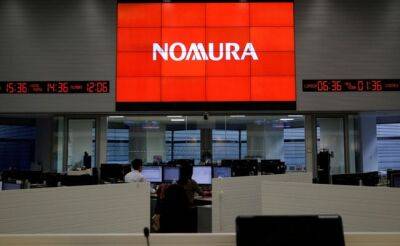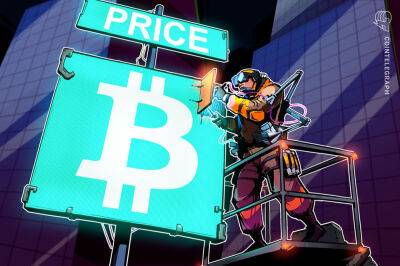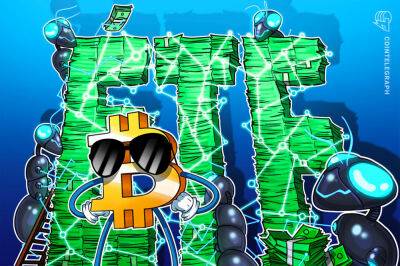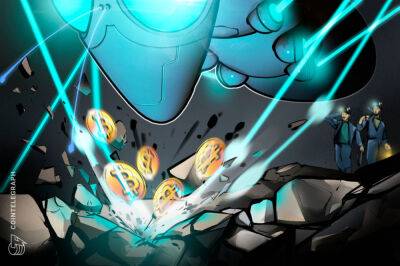Demand For Bitcoin-Secured NFTs Is Surging
Disclaimer: The Industry Talk section features insights by crypto industry players and is not a part of the editorial content of Cryptonews.com.
Despite being all the rage for the last few years, NFTs have rarely been synonymous with Bitcoin or featured in the same sentence, given that the majority of NFT activity is happening on competing networks like Ethereum and Solana.
Yet, NFTs have finally found their way onto the Bitcoin blockchain. Thanks to the smart contract feature implemented during the recent Taproot upgrade, the Bitcoin network is now equipped to facilitate NFTs, DeFi, and other smart contract-powered products and services.
Although NFTs "on Bitcoin" do not exist purely on the Bitcoin blockchain (as ERC721 tokens do on Ethereum), they are secured by the Bitcoin blockchain. Bitcoin-based projects like Counterparty, Stacks, and Liquid Network support the additional technical stacks that enable NFTs to be issued and secured using Bitcoin.
Since Bitcoin is the most liquid of crypto assets and known for its unmatched security, NFTs secured by the Bitcoin network leverage the legacy chain’s inherent features to verify the authenticity and supply of NFTs.
To that extent, several projects have started tapping into Bitcoin’s native liquidity by enhancing the overall UX (user experience) to implement solutions that enable Bitcoin wallets to directly own (and transfer) NFTs on the Bitcoin blockchain. For example, Stacks, the layer-1 scaling solution for Bitcoin, now allows users to purchase and transfer NFTs directly through purely Bitcoin-based transactions and enables them to mint these NFTs on Bitcoin’s blocks through its diverse range of smart contracts.
Due to Ethereum’s increasing problems related to gas fees and
Read more on cryptonews.com













![STEPN [GMT] rallies but is demand conspicuously missing](https://finance-news.co/storage/thumbs_400/img/2022/5/13/25563_nxq.jpg)








